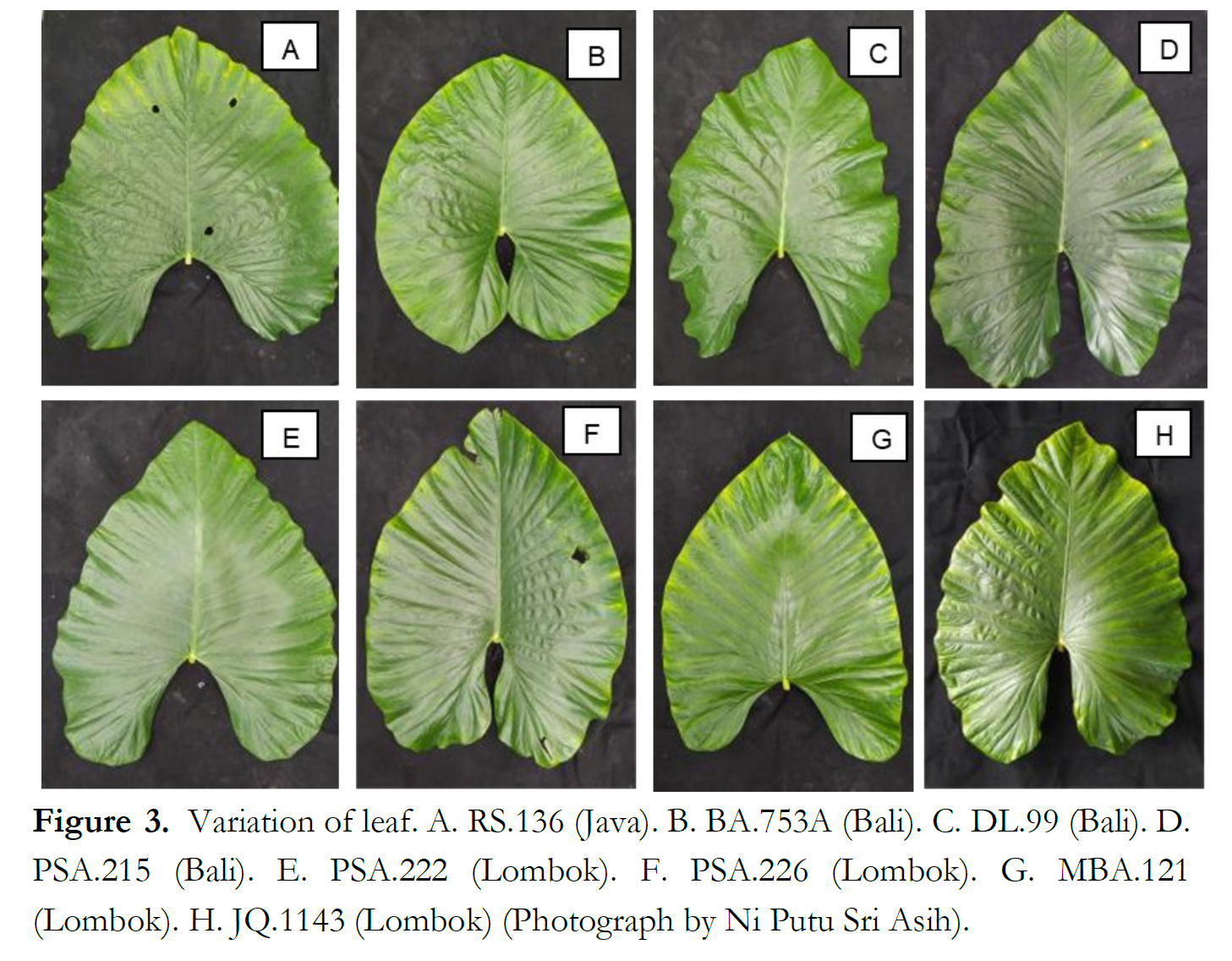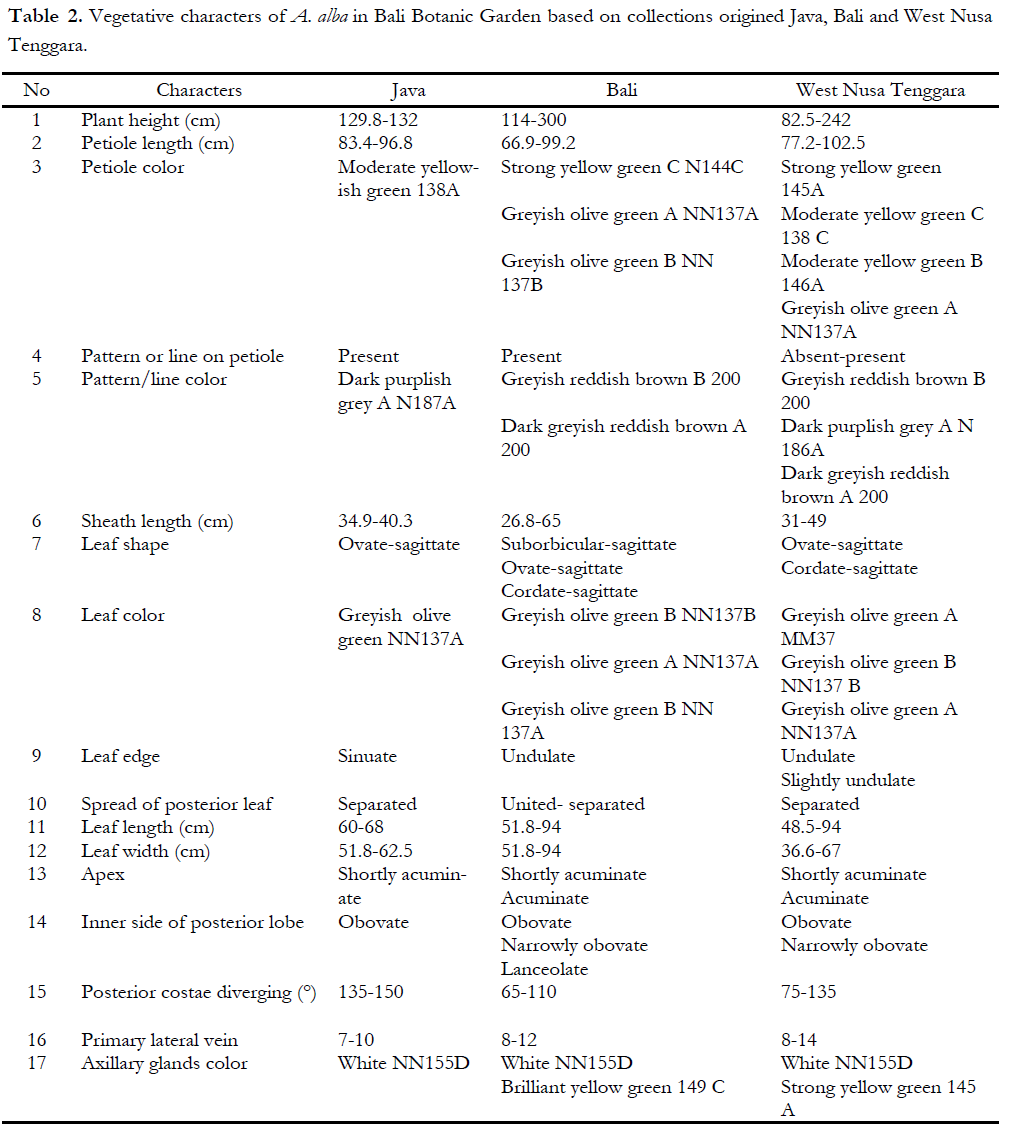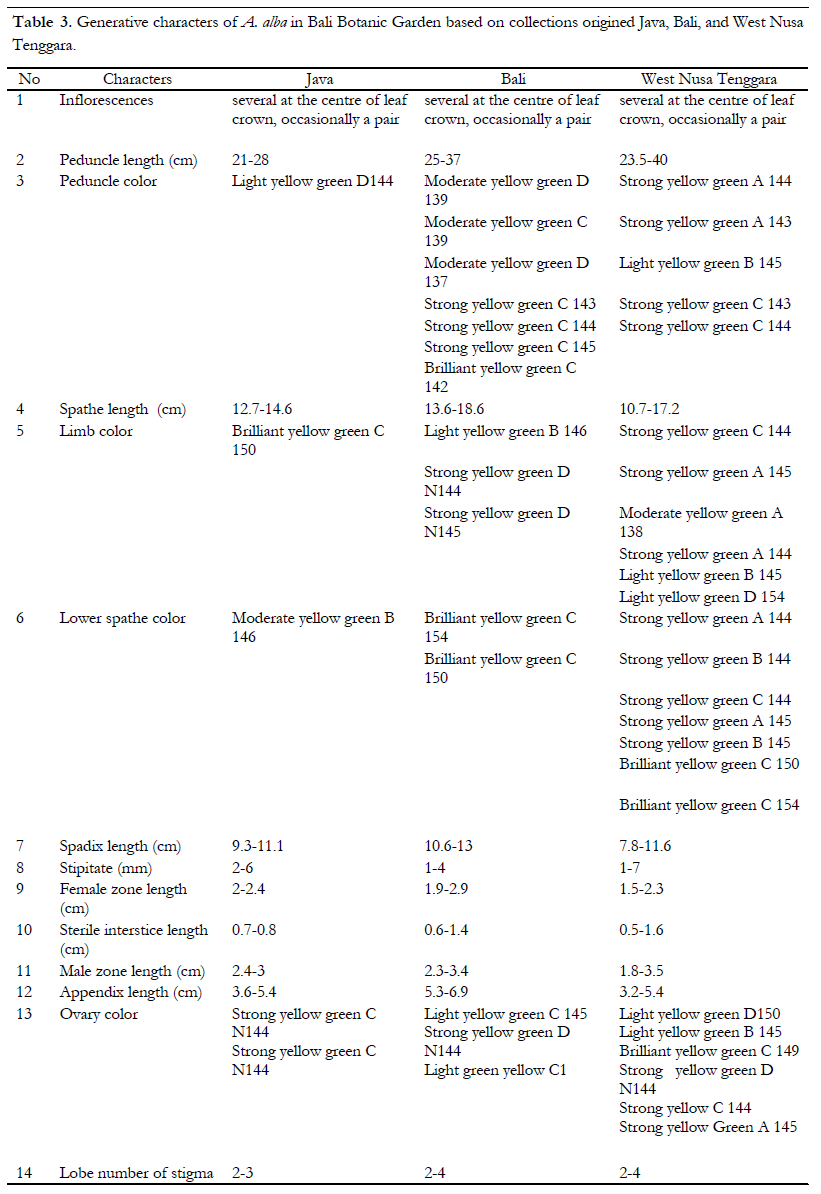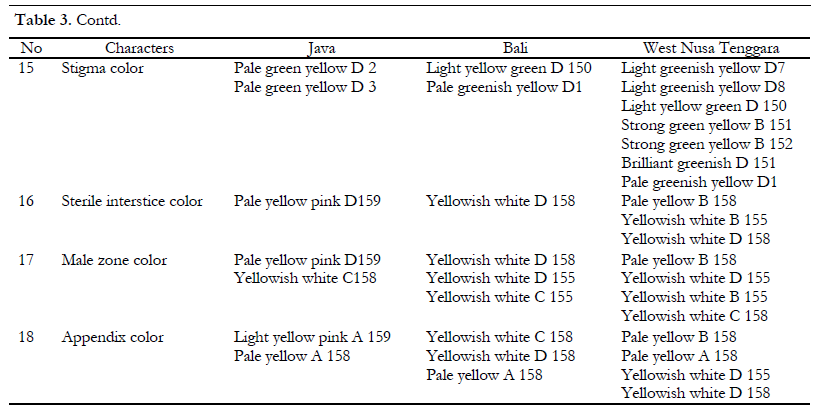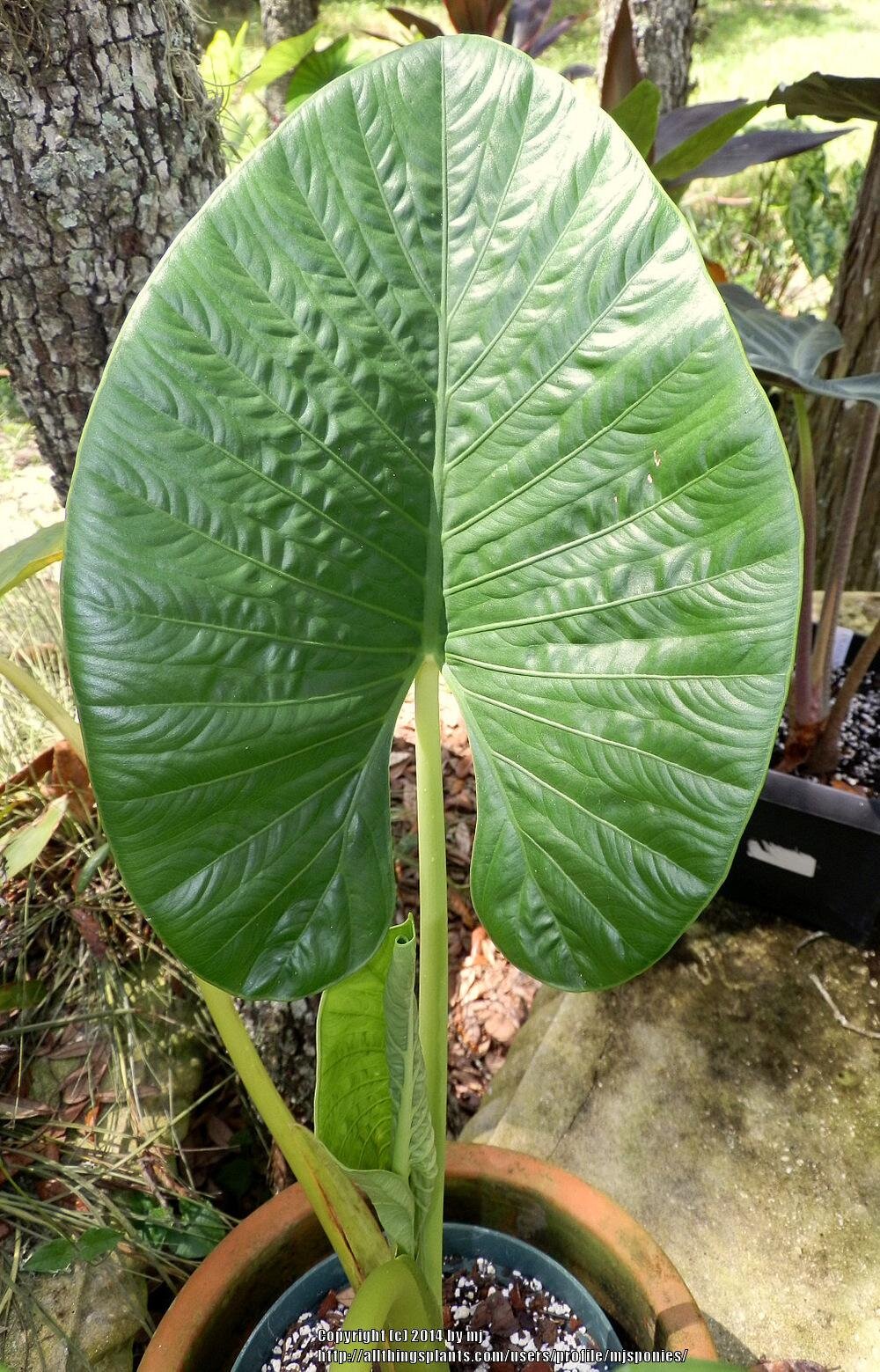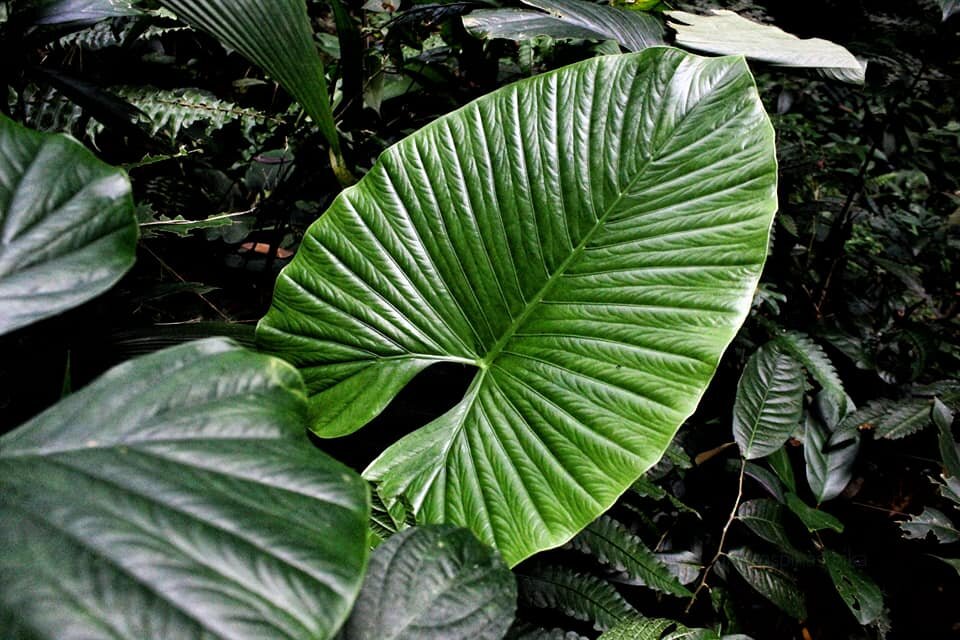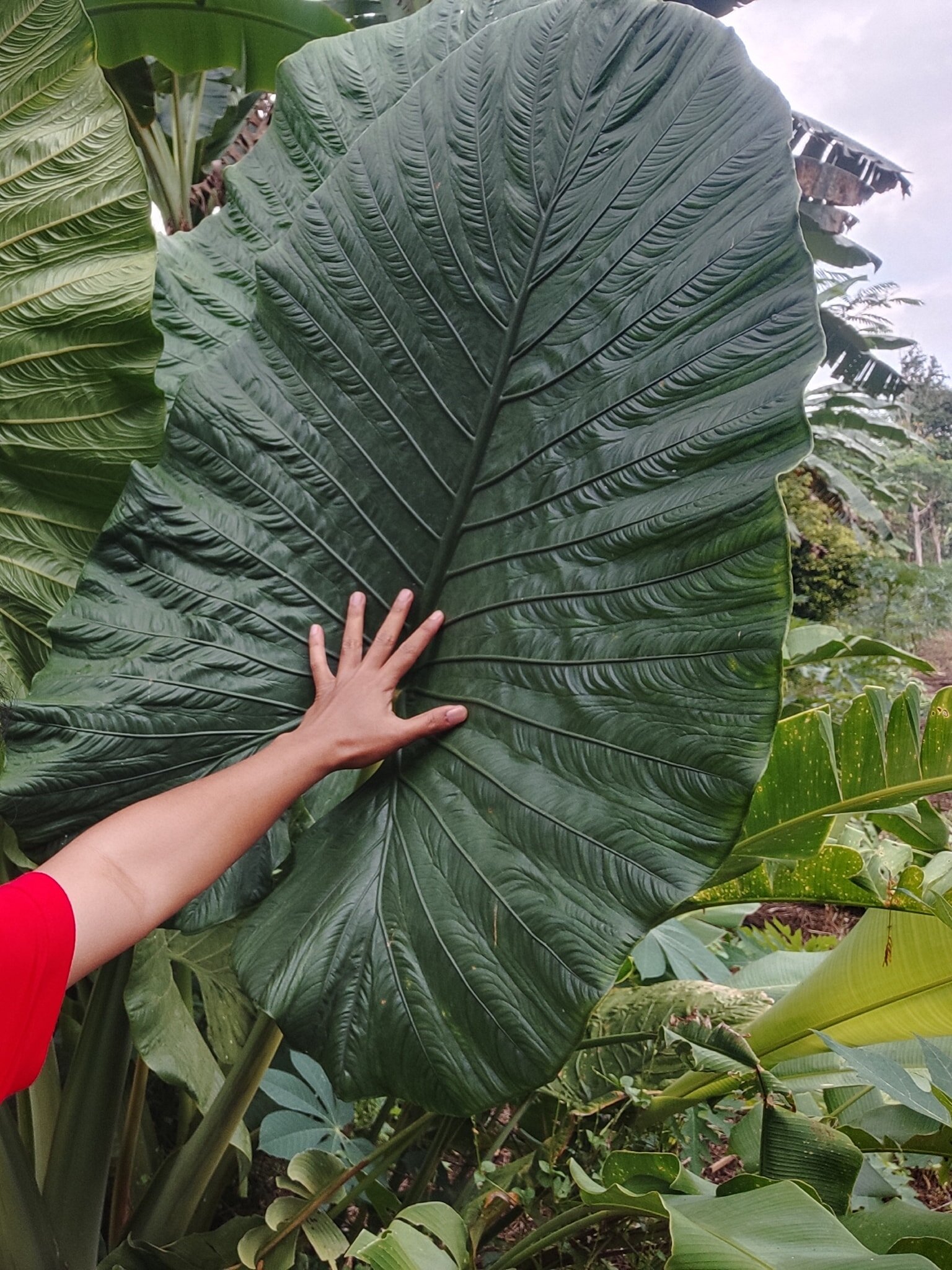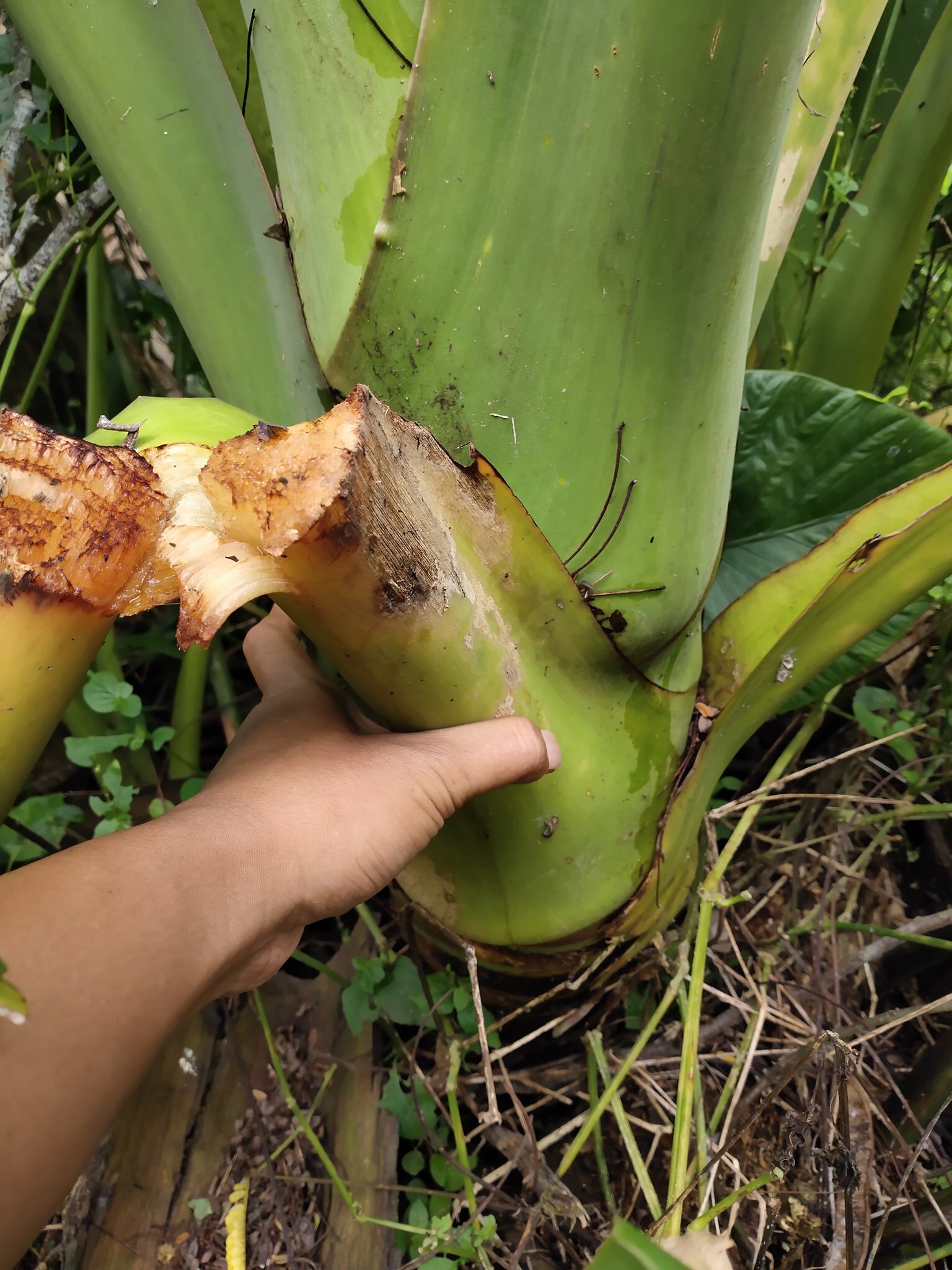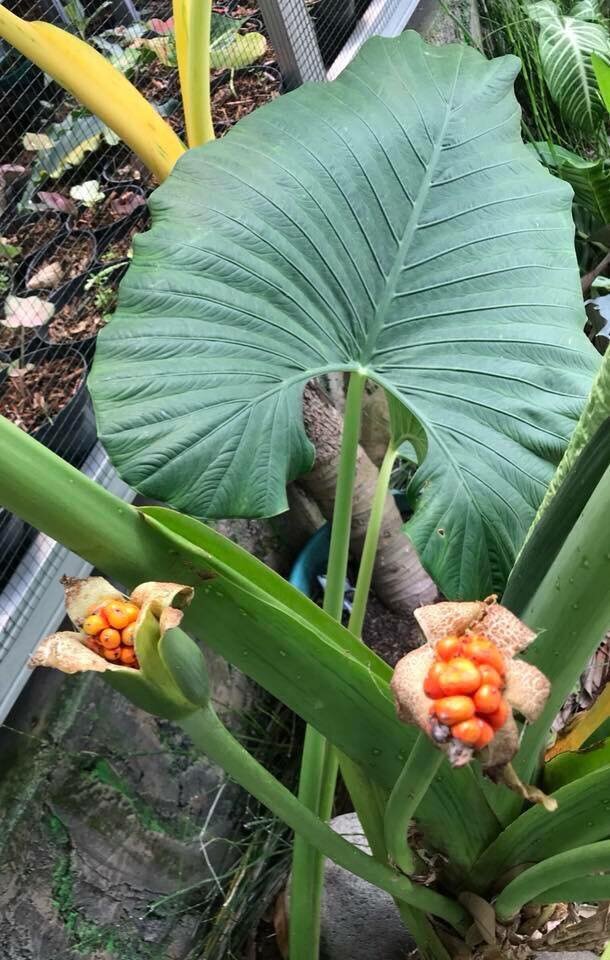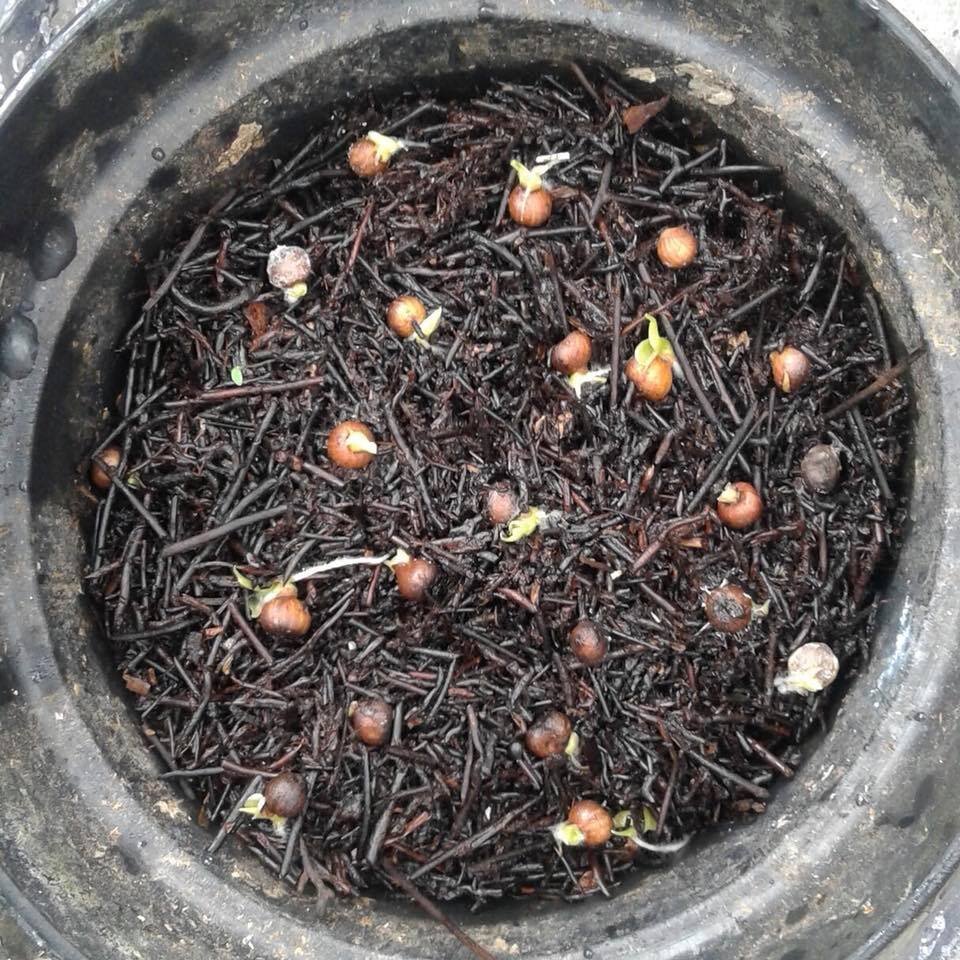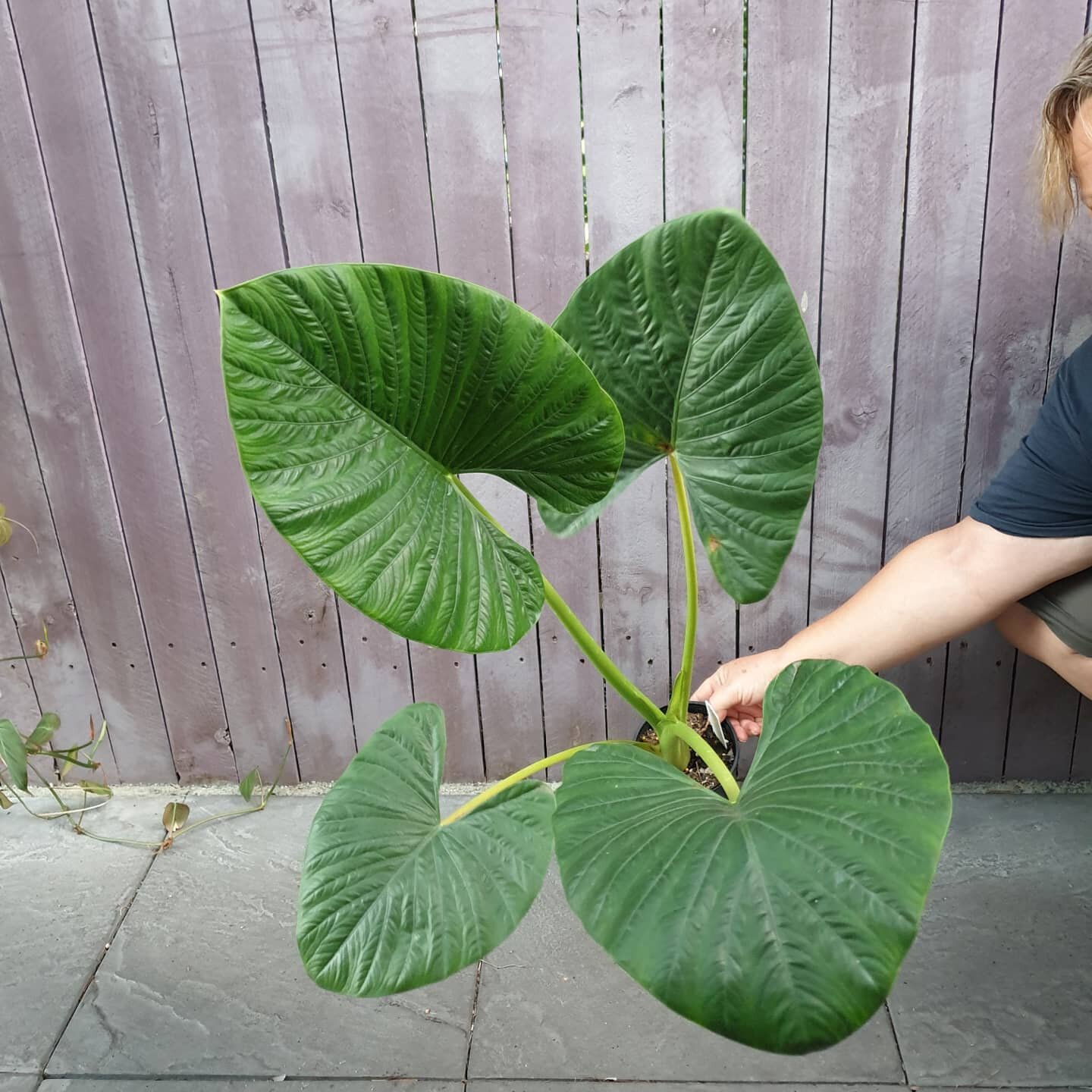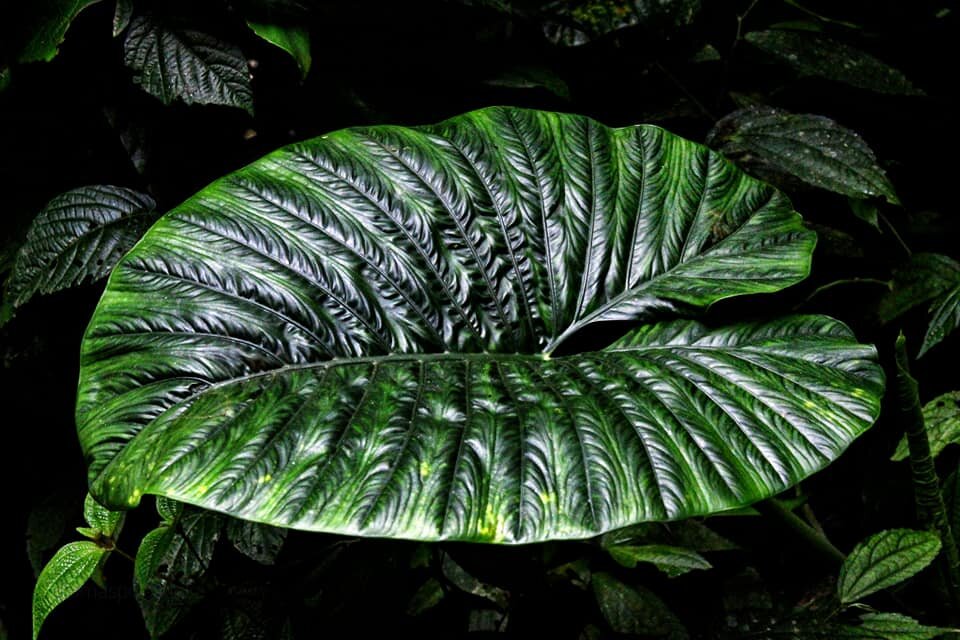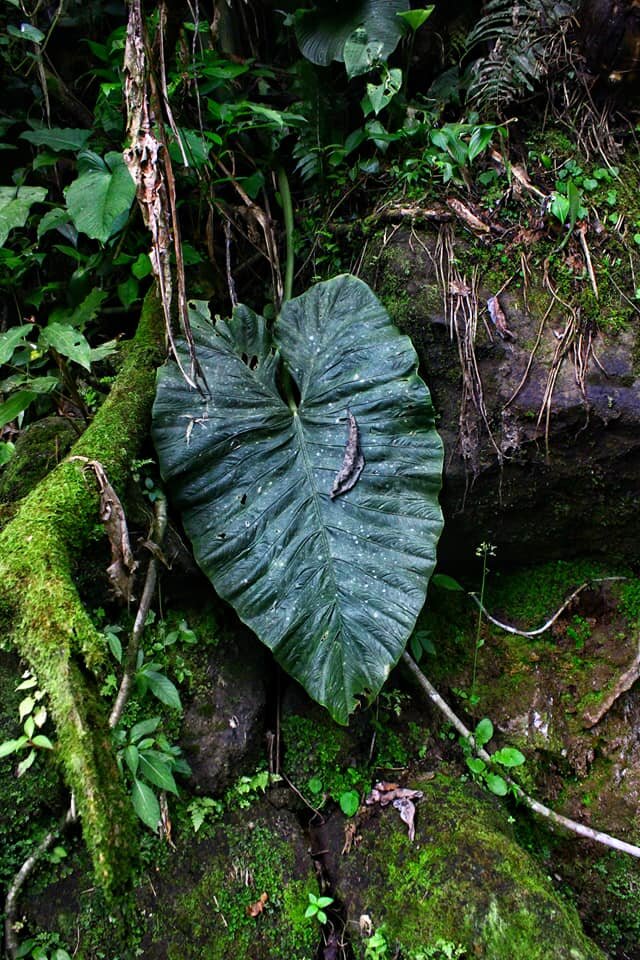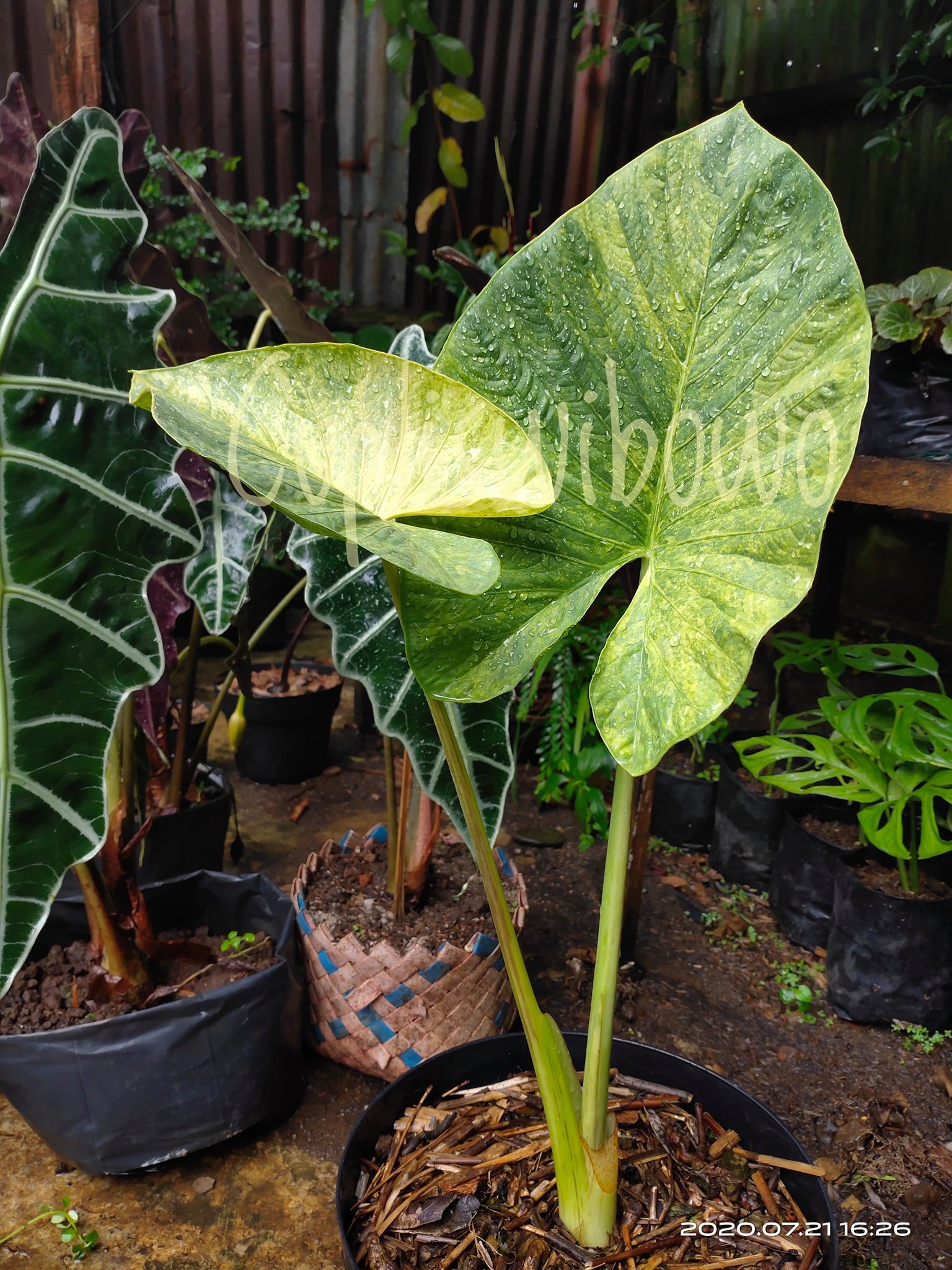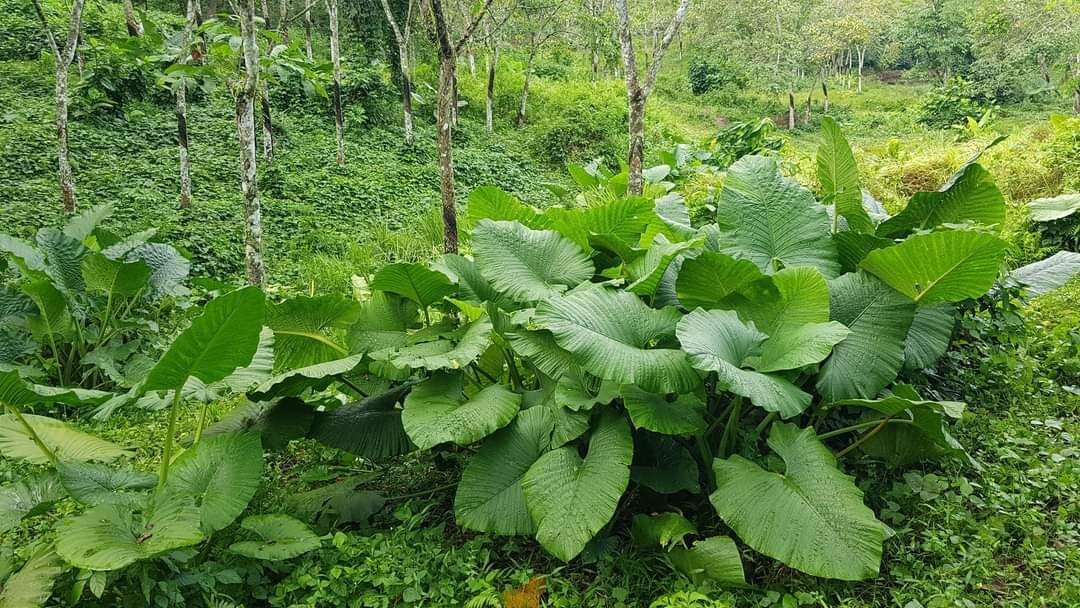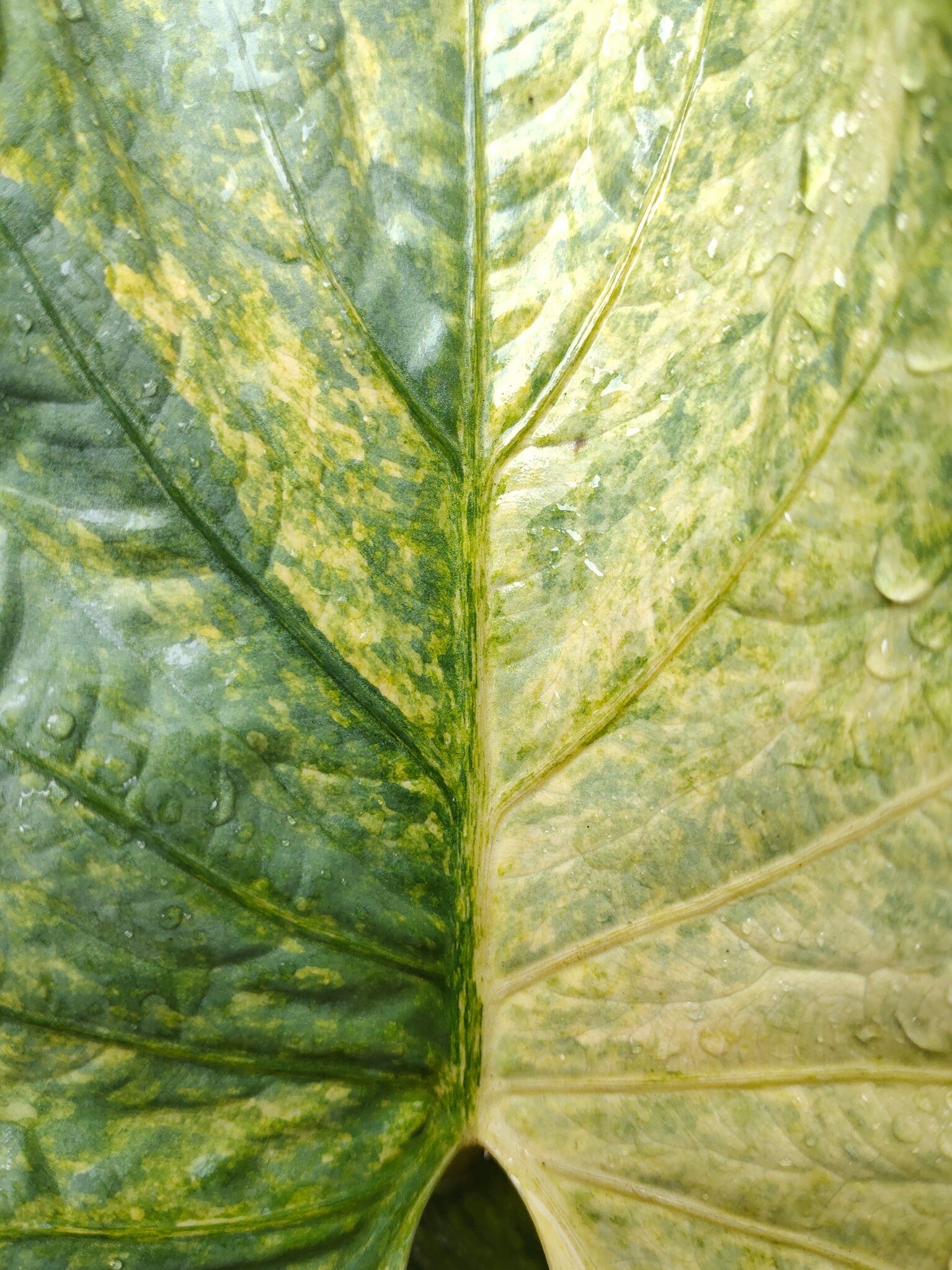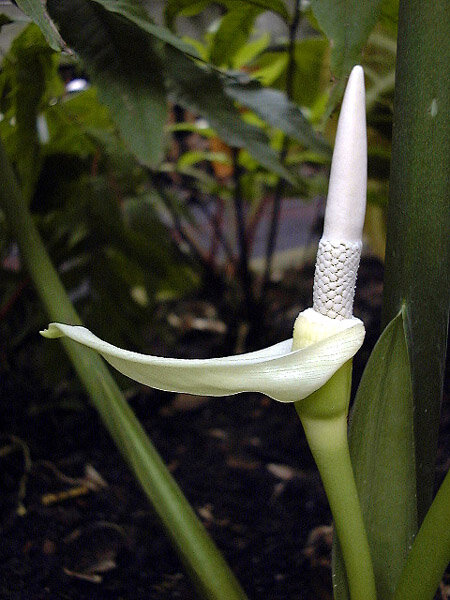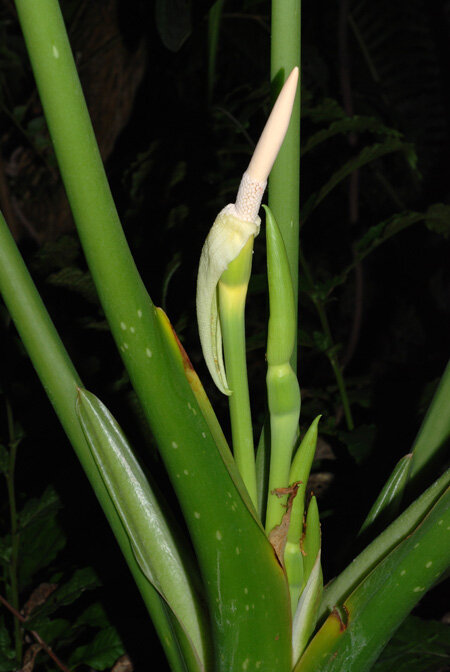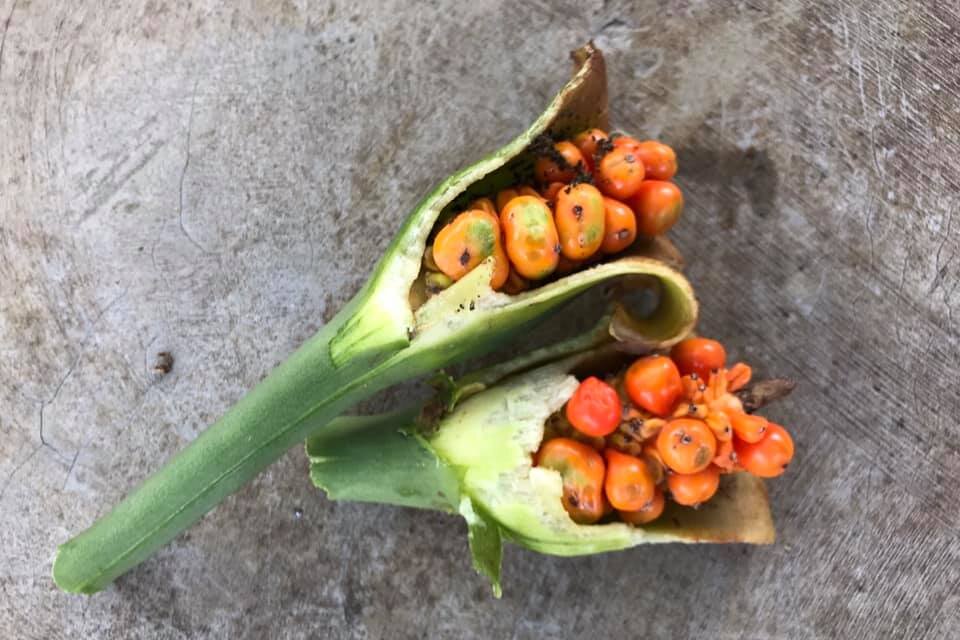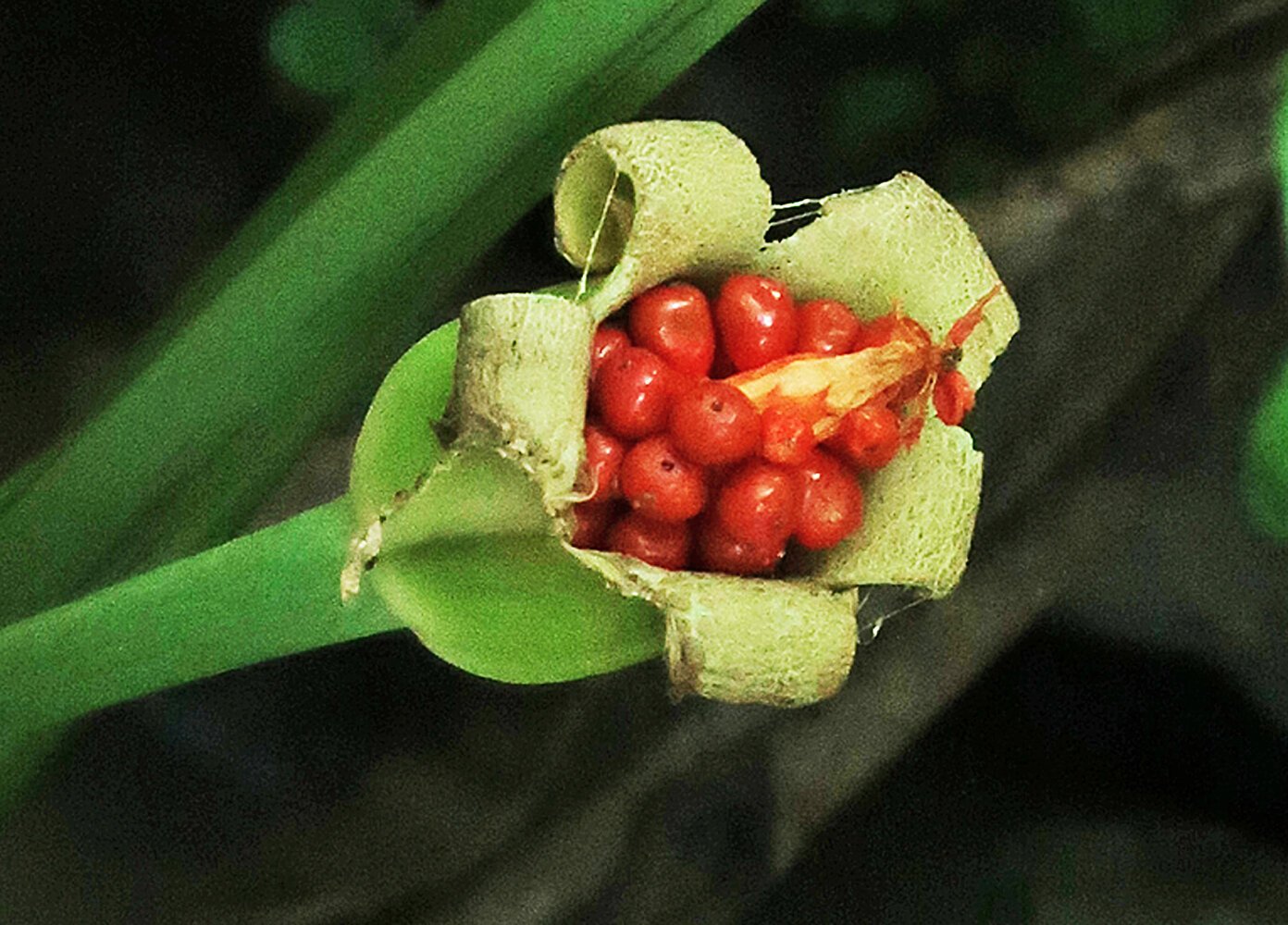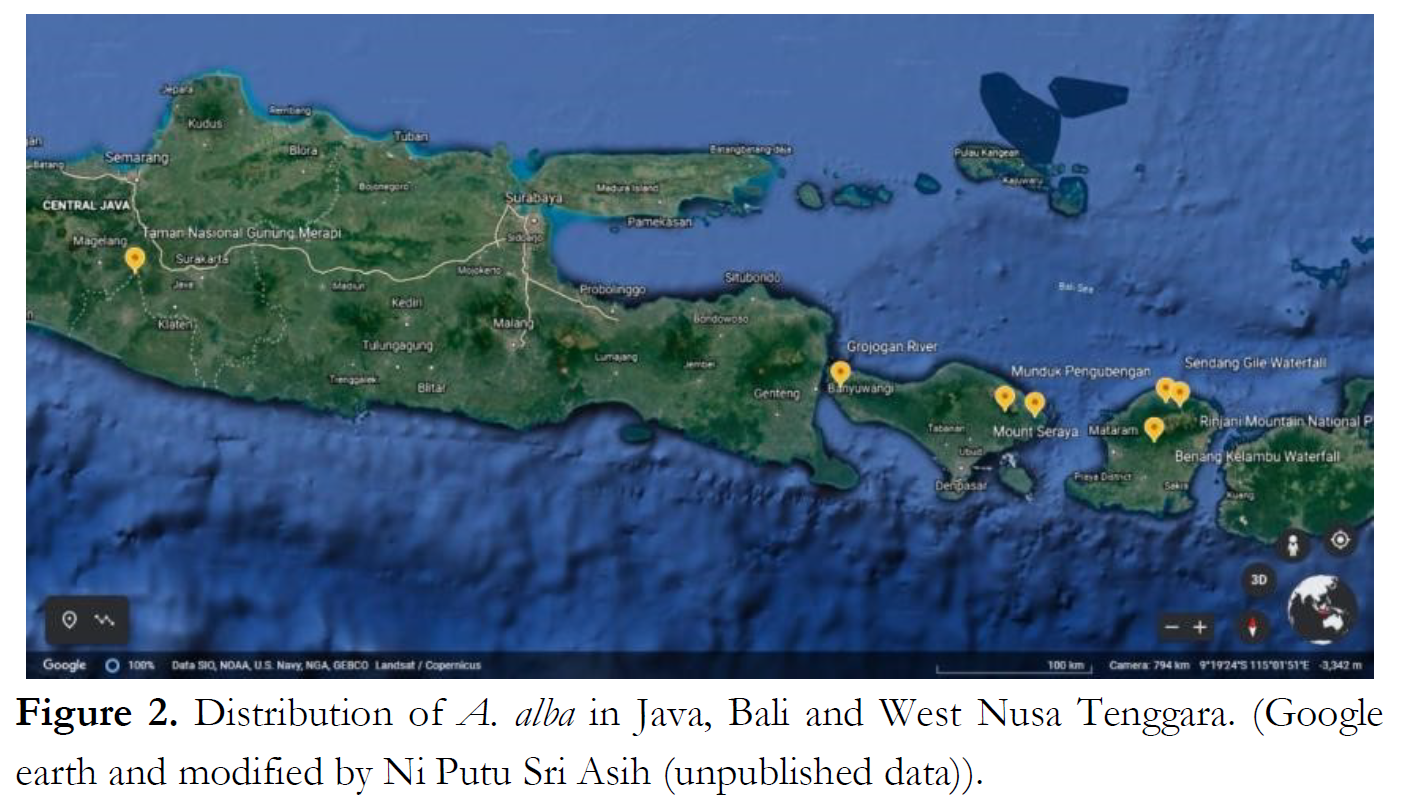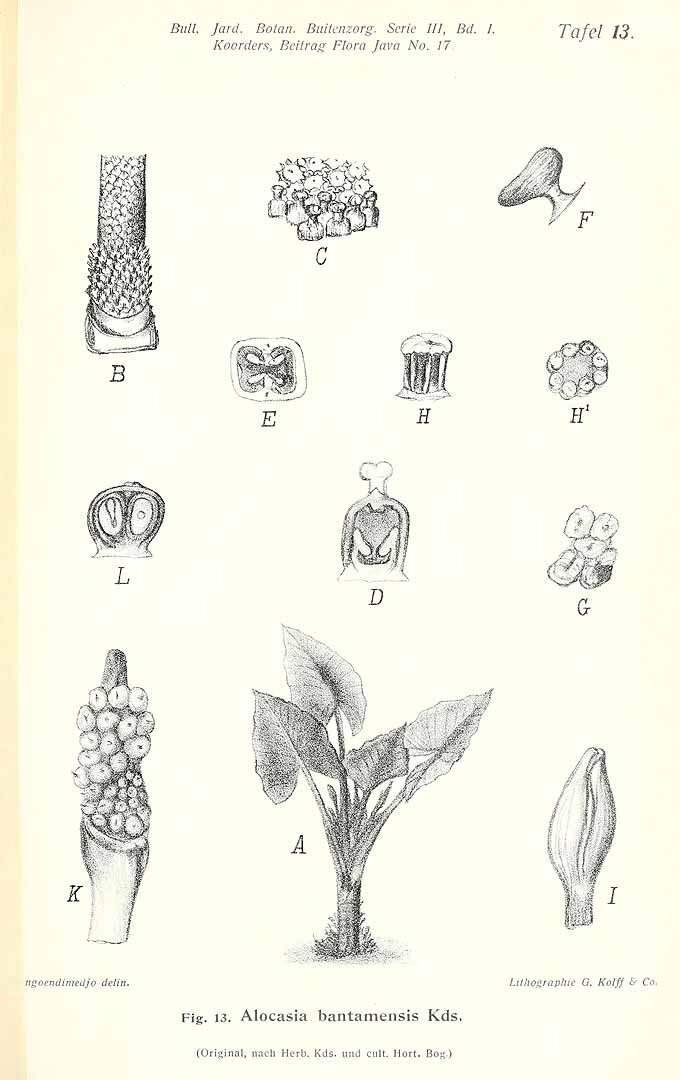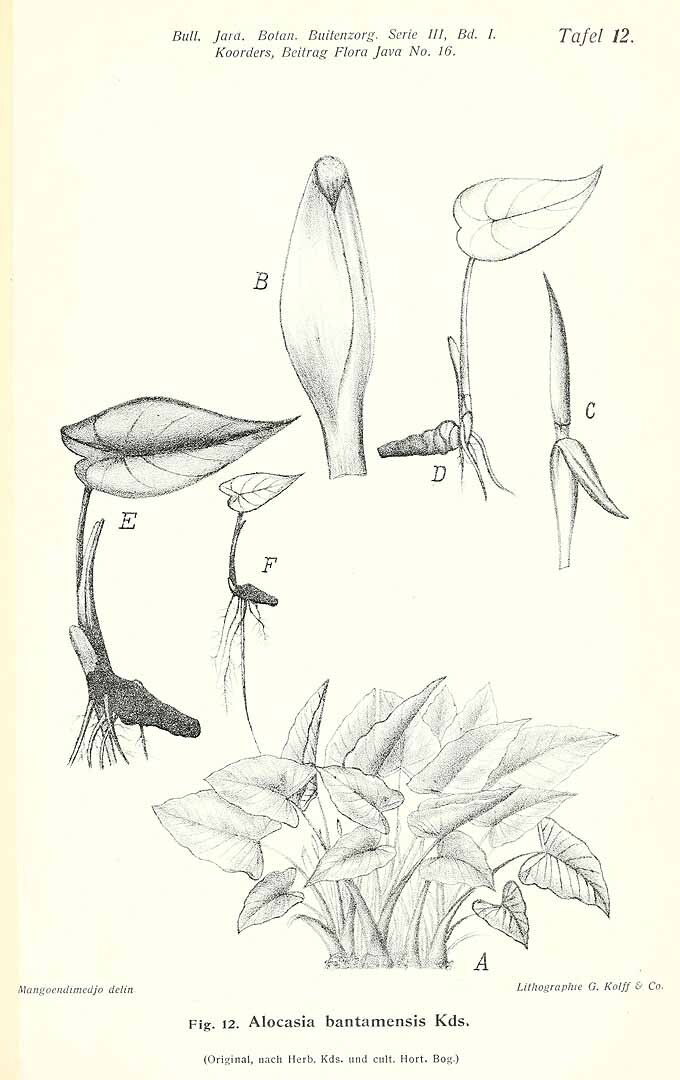ALOCASIA ALBA
ORIGINAL DESCRIPTION:
Alocasia alba was first described in 1852 in the Austrian journal ‘Oesterreichisches botanisches Wochenblatt’
Oesterreichisches botanisches Wochenblatt (Austria) v.2 (1852) Page 59
SYNONYMS:
HOMOTYPIC SYNONYMS: N/A
HETEROTYPIC SYNONYMS: Alocasia bantamensis, Alocasia crassifolia, Alocasia pallida, Colocasia alba
ACCEPTED INFRASPECIFICS: N/A
DISTRIBUTION: Indonesia | Java, Lesser Sunda Islands., Sumatra, Bali, Lombok
CLIMATE: Hot Humid Tropical (Af climate)
Humidity is moderately high throughout the year, ranging from 70% to 90%
Temperature is relatively uniform throughout the year - within the range of 73°F/23°C to 90°F/32°C during the day. Minimum temperatures never dip below 65°F/18°C
High rainfall during monsoon months (Dec-Mar) and relatively little rainfall during the dry season (Jun - Sep)
ECOLOGY: In open and shaded areas in forest, edge of forest, beside roads and fields, sandy-stony soil in river banks, on well-drained soils, in Bali and Lombok found at 300–1300 m
In Sumatra Alocasia alba is rather common in lowland open vegetation. It was also recorded very close to sea level near Nypa fruticans.
On Java it is widespread at low to medium elevation. Hay (1998) stated he saw plants likely to be A. alba near Telukbetung, on the Palembang road, SE Sumatra in 1996, but circumstances prevented preparation of a voucher. This observation is supported by a collection in Leiden (barcode L 0295537), determined by Schott as A. alba, with label data stating Telukbetung.
SPECIES DESCRIPTION:
Rather robust pachycaul herbs, up to 2 m tall. Leaves several per plant, petiole sheathing up to 1/3 of its length, wings of sheath persistent, green above, lighter and yellowish green below, blades not peltate, ovate-sagittate, free sinus to 10 cm long, posterior lobes up to 45 cm long from the sinus, rounded or obtuse at apex, anterior lobes up to c. 80 cm long, all glabrous, margin undulate, primary lateral nerves 7– 11, glands present in its axils, interprimary collective veins well defined, upper main and primary lateral nerves raised, all nerves raised beneath.
Alocasia alba shows diversity in vegetative characters, particularly leaf shape and petiole pattern/coloration
INFLORESCENCE:
Inflorescence with soon decaying cataphylls, 4 to 10 per leaf axil, peduncle sub-cylindric, up to c. 9.5 cm long, lower spathe subglobose or broadly ovoid-cylindric, 2.75–5 cm long, dorsally thickened, persistent, green, flushed with purple at base of dorsal side, upper spathe navicular, 8.5–10 × c. 6.3 cm wide at expanded state, light green, greenish yellow to greenish white, reflexed and soon decaying after anthesis, apex acute. Spadix shorter than the spathe, female portion entirely enclosed within lower spathe, 1.6– 2.2 cm long, slightly tapering to apex, pistils 81–93, stigma 2–4-lobed, ovary light green, stigma creamy yellow, sterile interstice c. 0.6 cm long, narrowed, male portion cylindric, 2.2–2.5 cm long, white, anthers 4–5 top of synandria sunken, appendix rugose, 5–5.8 cm long, narrowed at top, rounded apex. Fruit angled, orange at maturity.
VARIEGATED FORMS: Yellow
ETYMOLOGY: The specific epithet is likely due to a mistranslation of one of the original synonyms, Alocasia pallida. In Latin, pallida refers to a yellow-green tint, while in English, pale has come to mean whitish in appearance. This must have been translated into Latin again as alba, white.
NOTES: According to Hay (1998), this species can be recognized by some combination of characters including the not-peltate leaves, prominent secondary veins on the abaxial side of leaves, well defined interprimary collective veins, glabrous lower leaf surfaces to petioles, green lower spathe and spathe constriction levelled to sterile interstice. From the other Sumatran species presented in Govaerts et al. (2018), this species can be recognized by its non-peltate leaves and presence of well defined interprimary collective veins (Hay 1998).
Alocasia alba is known from four locations in the Lesser Sunda Islands: three on Bali, and one on Lombok. Plants at all sites are similarly characteristic with prominent primary veins on both surfaces of the blade, with the sinuous interprimary collective veins abaxially very well-defined, and the sinus of the posterior whitish in colour, the spadix with the lowermost whorls of synandrodia isodiametric with the pistillate zone,the style abruptly-differentiated from ovary, and 2–3 lobed stigmas. However there is some variation in plants between the four sites. Plants at Pengelengan Hill (Tabanan, Bali) have a sessile spadix with the sterile interstice and pistillate flower zones of equal length and some of the stigmas deeply lobed and ivory in colour, and the leaf blade cordato-sagittate. These morphological traits are shared by plants of Alocasia alba at the Batukaru Reserve (Tabanan, Bali). Furthermore Alocasia alba from Batukaru Reserve (Bali) has the longest staminate zone than other Alocasia alba, a staminate zone of somewhat equal length to the sterile appendix, the most slender sterile interstice compared to other Alocasia alba, and a sterile interstice almost equal to or shorter than the pistillate zone. Plants of Alocasia alba from Munduk Pengubengan (Karangasem, Bali) have the spadix sessile, and white-yellowish stigmas, with the sterile interstice shorter than the pistillate zone, anda leaf blade ovato-sagittate in outline, with the petiolar sheath proportionately shorter than the other Alocasia alba (c. 1/4 length of petiole).
Alocasia alba from Mount Rinjani (Lombok) has a very shortly stipitate spadix, white stigmas, a sterile interstice shorter than pistillate zone, but longer than in other populations, and a leaf blade cordato-sagittate in outline.
Schott evidently described this species from cultivated material known in horticultural circles of the time as Colocasia alba and Homalomena alba (the former apparently never validly published, the latter not in the sense of Homalomena alba Hassk.). Schott did not know the origin of the plant, though he indicated it was probably Malesian ('verosimiliter in insulis Archipelagi Indiae orientalis') . No collector or collection was cited in the protologue, but illustrations were prepared which are here designated as the neotype. They show the distinctive venation of this species, and give the clear impression of its characteristically coriaceous and shghtly bullate leaves. That the plant illustrated was very probably the same one as that described in the protologue is suggested by the illustration of the ovaries (in Ic. 87) which appear abortive and which were described by Schott in the protologue as 'ovariis (in spadicibus omnibus speciminis nostri) rudimentariis'. This appears to be a teratum: the pistils of other specimens of this species are normal.
Engler (1879: 500) attributed Alocasia alba to Sri Lanka, on the basis of a Burmann specimen at G. Although Hay had not seen this specimen, the attribution of Alocasia alba to Sri Lanka appears to be erroneous, an opinion shared implicitly or explicitly by Brown (1884: 870), Hooker (1894: 528) and Trimen (1898: 360), who attributed it to Java. Moreover, Nicolson (1987: 55) did not include Alocasia alba in his treatment for Sri Lanka, where the only species approaching it is the amply distinct Alocasia macrorrhizos.
Backer & Bakhuizen (1968: 119) misapplied the name Alocasia macrorrhizos to what, from their description, specimen annotations and synonymy, is clearly this species. For the species correctly named Alocasia macrorrhizos, they used its synonym Alocasia indica (Lour.) Spach. What lead them to make the misapplication is not apparent.
The function of the distinctive glands on the petiole and peduncle, which resemble those in the axils of the primary veins, is not clear. At female anthesis the inflorescence is sweetly fragrant with the scent produced from the inside of the lower spathe.
Other specimens seen: JAVA: Buitenzorg, Boerlage s.n. (L); W. Java, Batavia, Solear, Tjisoka, Eyma s.n. (L); Cult. RBG Sydney Acc. No. 892944 ex Bogor, Hay 4087 (NSW); W. Java, Curug Sawer, Hay & Yuzammi 14002 (NSW); Bawean, G. Tunggangan, Karta 30 (BO, L); Djapara, Ngarengan, Koorders 34996 (L); Hort. Bogor, Koorders 42804 (L); Preanger, Tasikmalaya, Pendjaloe, Koorders 44346 (L); Kuhl & van Hasselts.n. (L); Mousset 589 (BO); Bantam, Danoe Moeras, van Steenis 10513 (L); Hort. Bogor, Teijsmann s.n. (L); Kediri, Pandan, Djeroek, Thorenaar 290 (BO).
CULTIVARS: Alocasia alba ‘Silver’
HYBRIDS:
Pollen parent:
Ovule parent:
Alocasia ‘Ripple Effect’ (A. alba x A. portei)
Alocasia 'Albatuwan' (A. alba x A. reginae)
Alocasia ‘Lukiwan’ (A. alba x A. sinuata)


